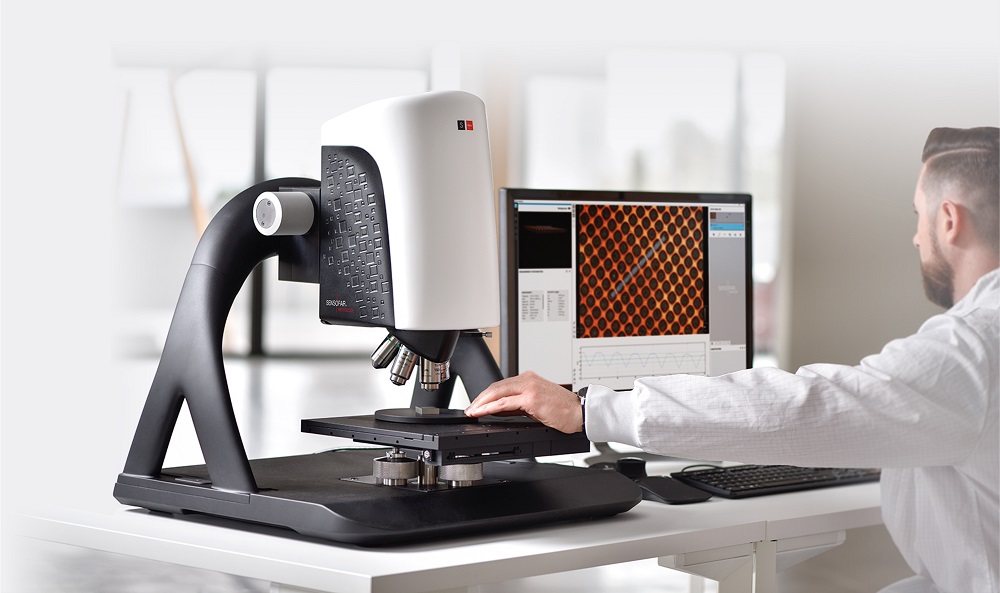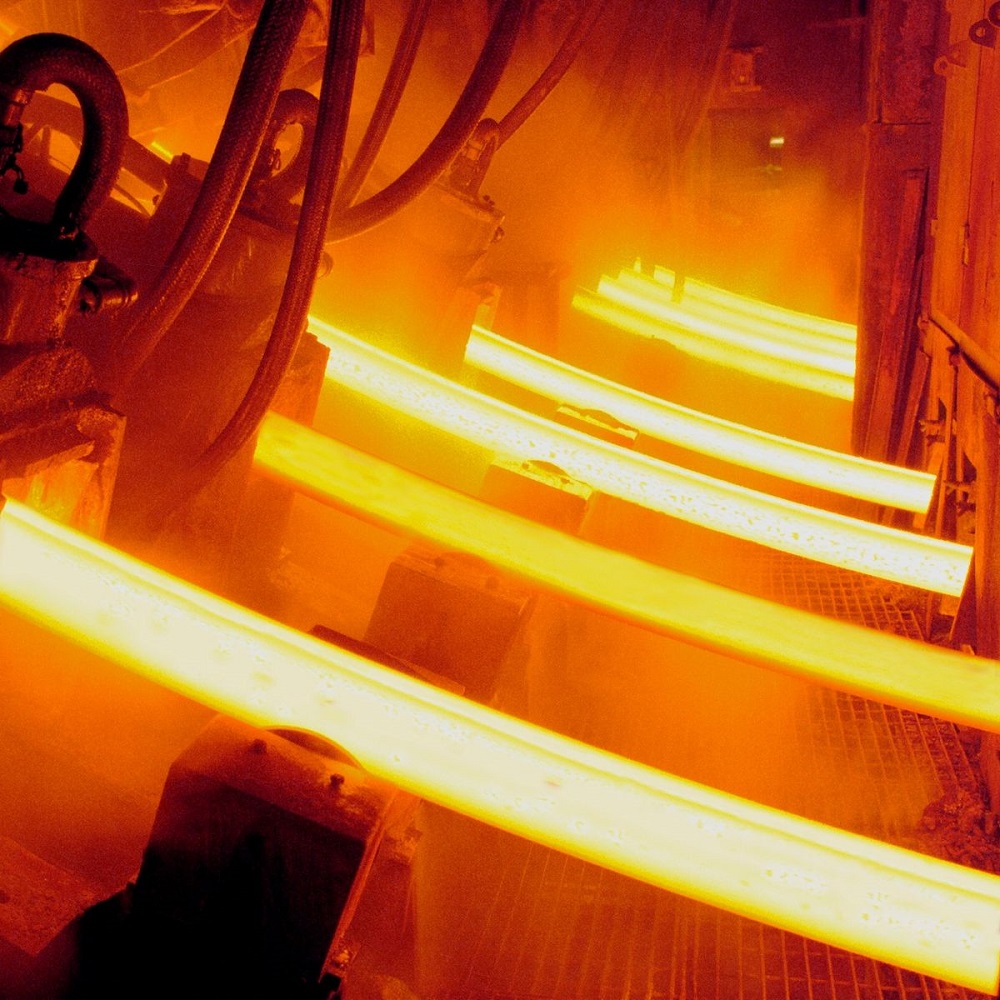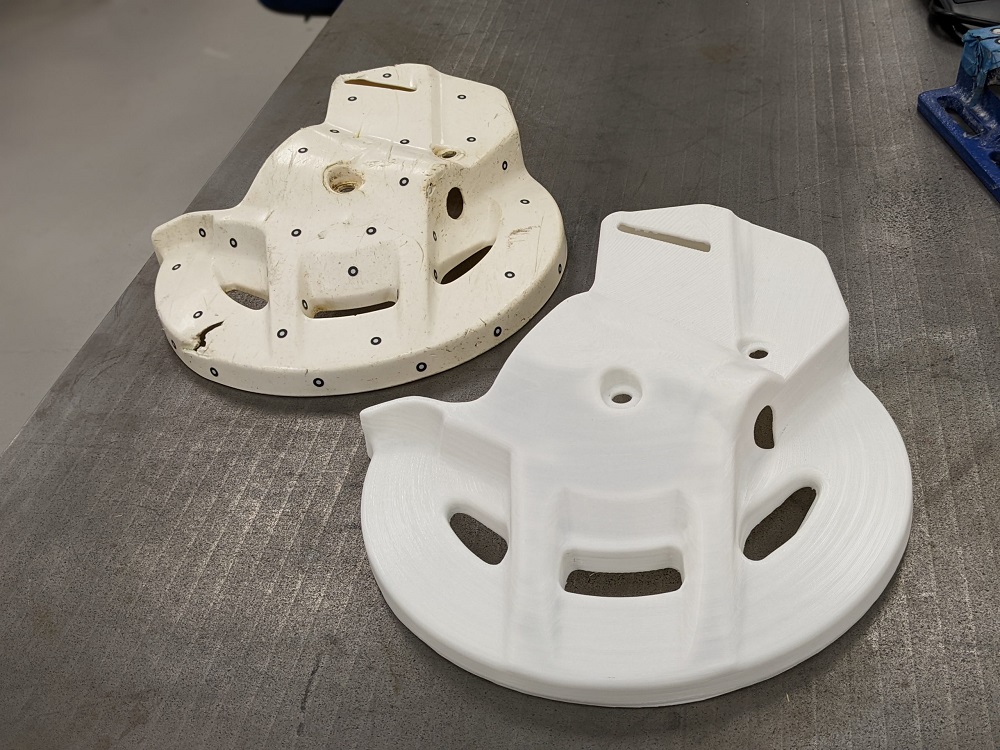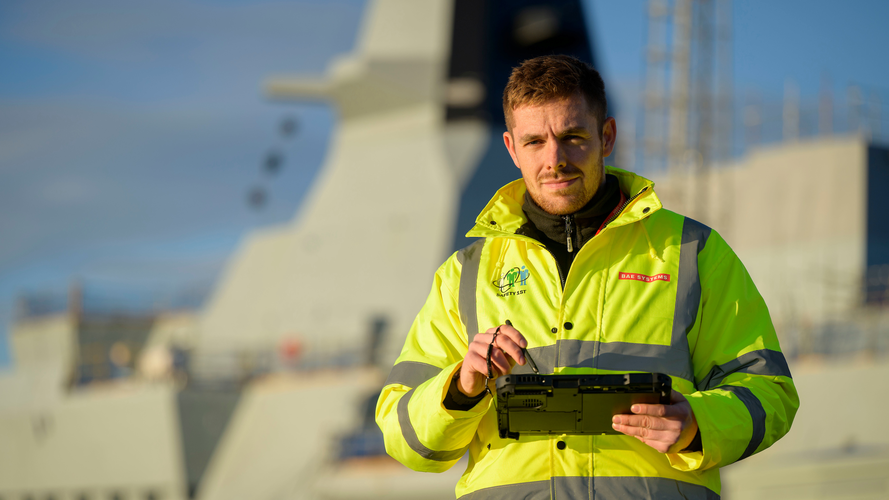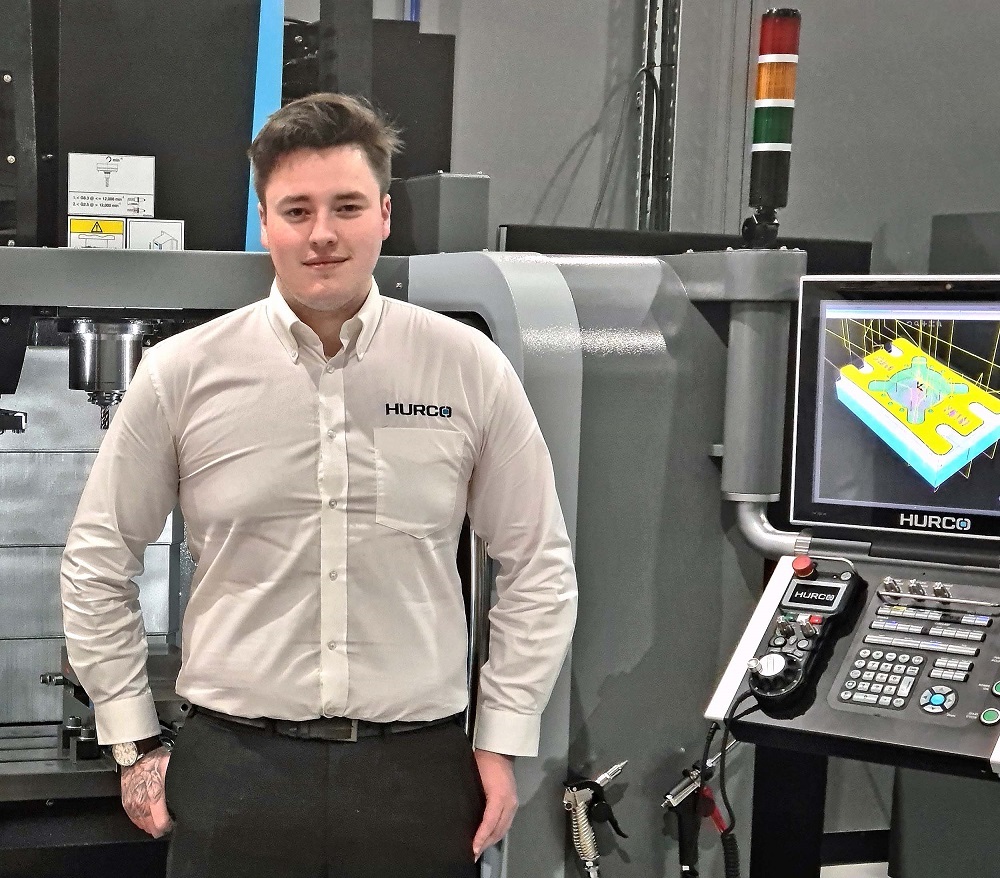Surface characteristics can determine a range of scenarios. For instance, the finish on the body of a Formula One car can influence the racer’s finish time, and an engineered part’s surface will help influence its performance. Here The Sempre Group and one of its principals, Sensofar, set out how manufacturers can benefit from optical profiling in R&D applications.
To ensure parts meet their intended purpose, manufacturers will often measure surface finish during development, allowing them to adapt manufacturing techniques accordingly before mass production. As probes that touch the object could compromise the surface,optical profiling is the most common choice.
The Sensofar 3D optical surface profiler uses interferometry techniques for areal surface characterisation, as well as an optical design that makes it possible to double the field of view without compromising the resolution. By using a combination of phase-shifting interferometry (PSI), extended phase-shifting interferometry (ePSI) and coherence scanning interferometry (CSI) techniques, manufacturers can use the profiler to measure a range of surface characteristics.
PSI is best for ultra-smooth and very flat continuous surfaces, such as those on optical components. CSI is the most versatile mode, measuring smooth and rough surfaces with 1 nm resolution, and can also measure transparent layers with thicknesses from 1.5 to 100 µm. Meanwhile, ePSI, a kind of combination of PSI and CSI, is for measuring smooth surfaces with structures, making it suitable for measuring features on semiconductor wafers.
Interferometry has a high level of repeatability and accuracy and is faster than some confocal technologies, like laser confocals. By using this technique, engineers can produce topographies with a high number of measured data points, clearly showing the surface of intricate components.
For further information www.thesempregroup.com







